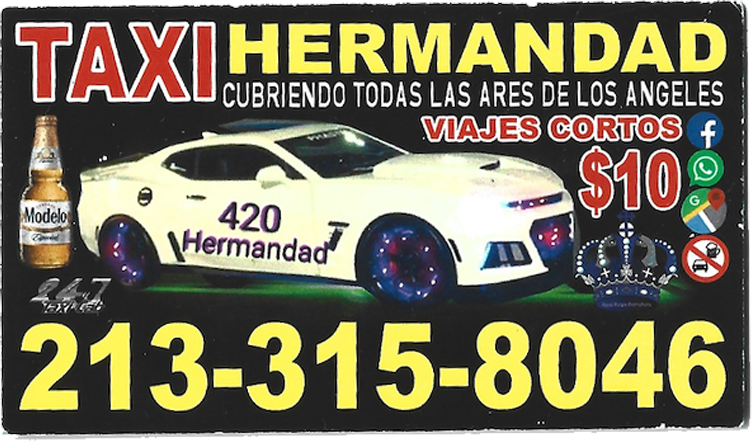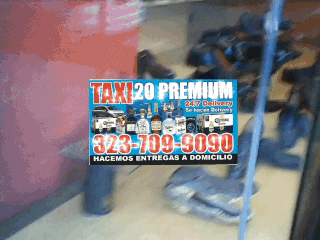1-800-BAGGY
1-800-BAGGY is an 65 piece collection of avant-garde audiovisual NFTs.
Each token pairs a real taxicab business card, collected in LA, with a lo-fi video background. The composite video accompanies an abstract auditory soundscape, constructed from sampled audio: part field recording, part experimental pop song. The result is a deconstructed audiovisual mixtape, a portal into a world outside the chaos of the modern internet.
BACKGROUND

A common sight one sees when walking around LA is the taxicab business cards. They’re taped to light poles, scattered around bus stops, and ground into the pavement of the sidewalks. Representing many different taxi companies, each card displays some Photoshopped images and a phone number to call for a variety of needs: taxi to the airport, driver to drive to Illinois, delivery of alcohol or cigarettes, someone to call if you don’t want to drive home drunk. While some cards suggest a social media presence, you don’t need anything other than a phone call to use their services. A fully “offline” experience, if you will.
From conversations with friends to Gen Z theory vloggers, it seems there is a widespread disillusionment with the internet in today’s society. Tired of the consumer-driven microtrends and the maintenance required for 6 different social media platforms, people have grown jaded. When it seems like 30 person corporate “creative teams” are needed to create an Instagram post, we lament in private, “Wouldn’t it be so great just to delete everything? To just… stop?”
It was in this mindset that we began collecting the taxi cards. Like most art born of necessity, the designs were practical, fast, very DIY. While most seasoned graphic design veterans might scoff at their amateur nature, they possessed something very lacking from today’s content: swag.
Over the course of many months we collected these cards, presenting them to you in a full audiovisual representation of our LA experience. Each card is situated within its environment and all its accompanying sights and sounds. A mini time capsule, transporting you away from your present reality.
VISUAL

One important component of the early internet is lo-fi media: in earlier iterations of the internet, image quality didn’t matter to the same extent because it wasn’t available. This gave everything from that era an edgy, DIY effect. Our obsession with early skate videos has resulted in a collection of old VHS cameras, so to capture this digital nostalgia, we filmed several walks using each camera while going to and from our studios. For extra cinematic flair, we dropped the frame rate for each video, giving the token a spacey, dreamlike vibe.
To meld the cards with their moving backgrounds, we added animated glitter to the cards’ text using Glitterboo, a web app for children.
AUDIO
The audio that accompanies each token recreates the experience of walking through the streets of Los Angeles where these taxi cards are found. A typical downtown “walk” features snippets of overheard conversation, fragments of music from a passing car, and various ambient noises from traffic and machinery. The tracks sample from various pieces of historic audio and field recordings and melded into a semi-abstracted pop song.
Each soundtrack contains three layers:
- A field recording taken with the iPhone Voice Memo app walking to and from gremlin’s studio.
- A beat composed by sampling an existing song from one of three categories (La Raza 97.9, recorded via voice memo from a 1992 Sony Dream Machine radio alarm clock; songs by the performing artists at the Art Laboe Memorial Concert in LA; recordings ripped from YouTube of leaked songs by Chief Keef).
- A vocal track, composed of samples from voice recordings of author William Burroughs, early YouTuber Mr. ChiCity, or of two poems composed by gremlin and read by the author.
A field recording taken while walking to the studio, September 25th
These layers are woven together to create a rhythm, a groove, and an elevated aural illustration; a typical walk through downtown Los Angeles. You can read more about the construction of the project here. These essays were posted on Twitter over the course of the project’s rollout and were written by co-founder gremlin_bb.
